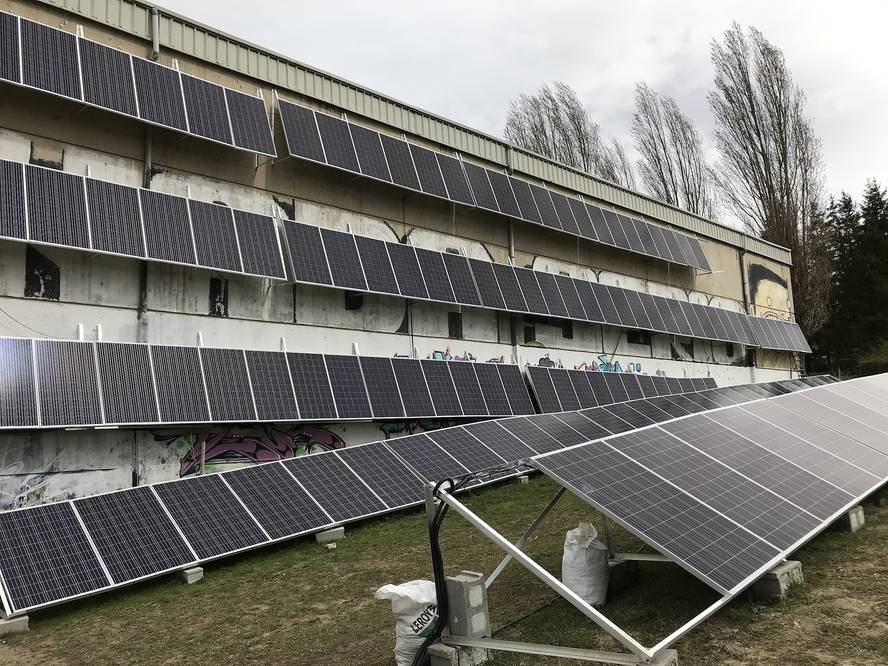Clarify the factors influencing energy footprint from Errekaleor
The Ekopol and Life Cycle Thinking Group (UPV) research groups have estimated that the per capita energy footprint of the Errekaleor district is 24% lower than that of CAPV.It follows that alternative and community life can reduce energy consumption, especially because of the importance of energy used to produce the goods and services consumed.
Researchers note that the Total Primary Energy Supply (TPES) indicator is generally used when quantifying a country's energy consumption. This value is derived from data provided by the International Energy Agency (IEA) and takes into account total primary energy consumption within a country (households, transport, industry and services).
However, it does not take into account hidden energy flows, energy imported from other countries as well as service. Therefore, some countries, generally the Global North, seem to consume less energy than it is. The opposite is true of the countries of the global South, which seem to consume more energy than they actually consume. And that is that much of that consumption is actually hidden energy flows that are geared towards the countries of the Global North.
The Total Primary Energy Footprint (TPEF) indicator takes into account not only the total primary energy allocated to each country, but also hidden energy flows. Energy traces at the regional (Basque Country, CAPV) and neighbourhood level (Barrio libre Errekaleor, Vitoria) have been calculated for the first time using the Input-Output methodology.
The results show that community life can reduce energy consumption. Firstly, while the energy consumption of the dwellings of the inhabitants of Errekaleor (4.46 MWh·biz-1·year) is, on average, 32% and 15% higher than that of the population of the CAPV and the Spanish State, the energy footprint of the inhabitants of Errekaleor (31.10 MWh·biz-1·year) is, on average, lower than that of the population.
According to researcher Estitxu Villamor Lomas, this is due to the importance of integrated energy consumption in products and services, which accounts for 81% of the total energy footprint of the Spanish state, 75% of the footprint of the CAPV and 66% of the footprint of Errekaleor. “This shows that behind each person’s material consumption are the main factors that condition the energy footprint,” he says.
On the other hand, it stresses that electricity from the photovoltaic installation of Errekaleor accounts for only 0.6% of the total energy footprint of the district. “In addition, we have seen significant variations in the TPEF according to housing: people gathered in families or cohabitants in the same household have a lower usage mark (28.45 MWh·biz-1·year 1) than those living alone (42.79 MWh·biz-1·year 1). The latter have, on average, a greater footprint than one inhabitant of the CAPV”, he explains.
According to Villamor, research is useful to understand the importance of factors influencing ecological footprint and to design more effective policies to reduce footprint. The study was published in the journal Sustainable Production and Consumption.






